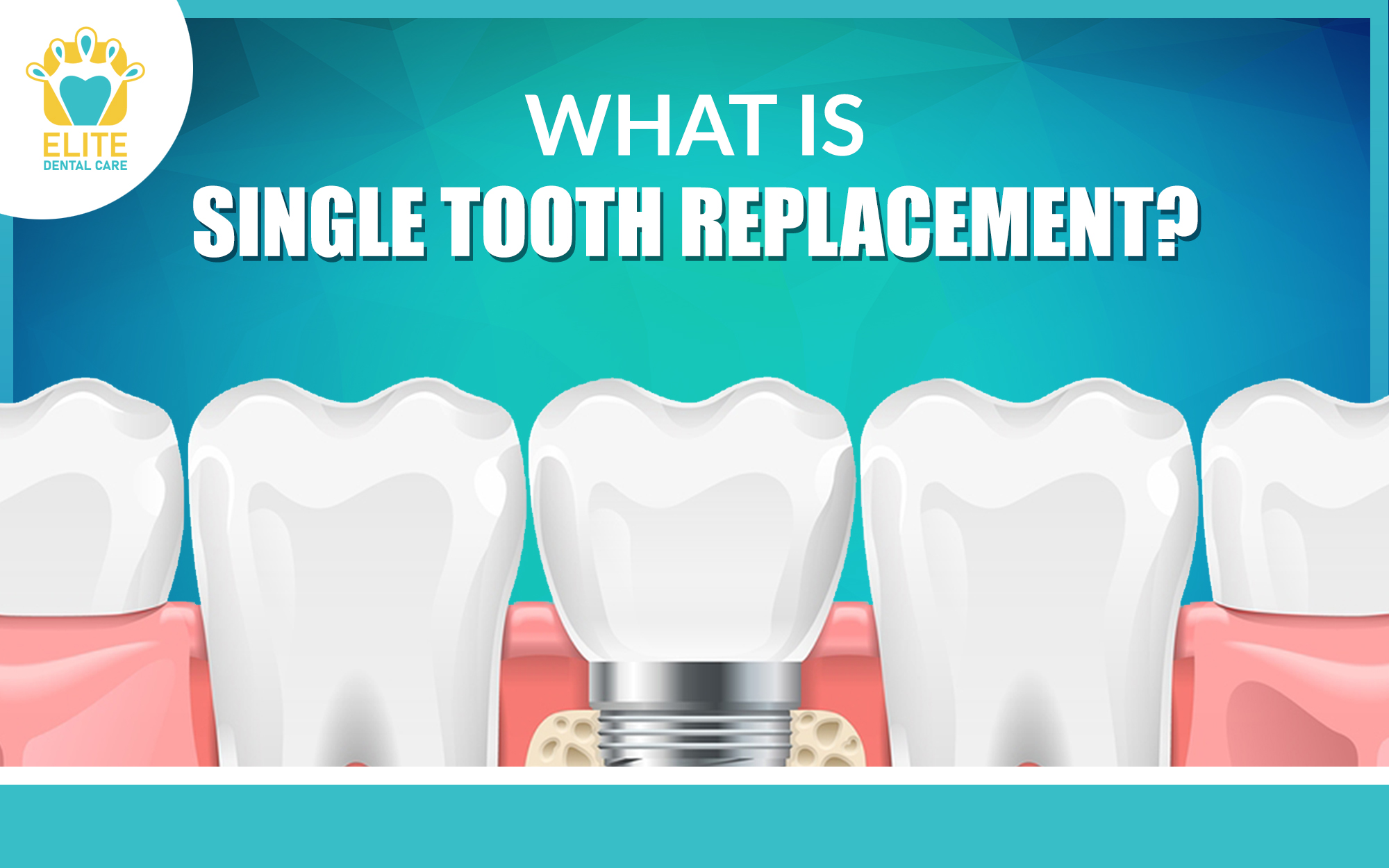
dental careflossinghygiene tips
edental
29 April 2022
What is a single tooth replacement?
Single tooth implants are surgically placed in a single tooth to restore it.
Implant is first undergone to put a titanium post into the jawbone to replace a missing tooth. An oral cap is then placed over the titanium post to make it look like a tooth.
You can lose your teeth due to trauma, injury, or age. In that case, single tooth replacement is the best option for you. To get a single tooth implant, you can check your nearby doctor or the implant dentist. A single tooth implant will not harm your other teeth, and this process is done very quickly.
What is a single tooth replacement?
A single tooth dental implant is not a short-term period procedure, and it is a long-term process in which your dentist first replaces your single missing tooth and then replaces its root. The implant consists of an implant post, a great crown, and a crown affixed to the top.
Single-tooth implant restoration needs extensive surgery to insert a titanium screw into the jawbone in the place of the missing tooth. The screw plays the role of an artificial root to support a crown that looks like your real tooth and provides the natural function as in the previous one.
How does this procedure work?
With this procedure, your dentist first removes the entire part of the missing tooth and its root inside your gums. After that, they replace all the structures in the single tooth replacement method and start working on the crown and a visible portion of a tooth.
There are three essential parts of a single tooth replacement:
- Crown: An implant-retained crown is a bespoke replacement that functions and looks like a lost tooth.
- Dental implant: An implant is a dental treatment used to restore one or more lost teeth. It consists of a screw-shaped titanium post surgically inserted into your jawbone. A single tooth replacement serves as an anchor for the tooth crown and replaces the natural tooth root.
- Abundant: A dental implant is connected to the crown using the connector. It’s vital to have a lot of it to guarantee a strong foundation for your new tooth.
How to know when we require single tooth implants?
To be a suitable patient for a dental implant your jawbone must be strong enough to hold the implant and sustain the pressure imposed on the crown once the treatment ends.
Moreover, your jawbone is not enough to strengthen your oral health; other teeth and soft tissue must be in a good position so that a single tooth implant does not affect other teeth.
Before surgery, you have to ensure that you will tell your whole medical history to your dentist. After discussing your medical history, your doctor will plan treatment according to your medical history: remember this is important because some conditions do not support the dental implant. If you suffer from a liver problem, severe bleeding disorder, or diabetes, you cannot go for this procedure.
The dentist can add synthetic bone via bone grafting if you do not have enough bone to support the implant. If you have periodontal disease, he will discuss treatment alternatives with you before proceeding with the implant procedure.
At what time can I heal from a dental implant?
Lower jaw implants often have a shorter healing period between implant insertion and final crown installation than upper jaw implants. The denser bone in the lower jaw allows for quicker osseointegration or the joining of the bone with the transplant post.
Crowns for lower tooth implants are often implanted less than ten weeks after being surgically installed. An upper back tooth implant, on the other hand, would need to osseointegrate for at least 16 weeks.
What are the advantages of choosing single tooth implants?
When you select a single dental implant, you will get plenty of benefits. Here is the list of advantages you will get from the single-tooth implant.
- Long-lasting: It can indeed stay long if you correctly maintain the single tooth.
- Easy to maintain: You can easily brush your teeth and floss as you used to do.
- Self-supporting: A dental implant operation allows you to keep your teeth natural.
- Furthermore, inserting a titanium post into the jawbone minimises the slow bone loss when a tooth or teeth is gone.
- The aesthetically pleasant: Dental implants replace the tooth’s root. It signifies that you are doing your best to replace a lost tooth as quickly as feasible.




